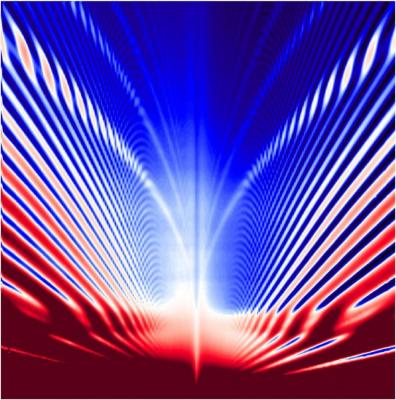A study at TIFR (Tata Institute of Fundamental Research) designed a system that allows electronic interactions to be observed in three layers of graphene. The study reveals a new kind of magnet and provides insight on how electronic devices using graphene could be made for fundamental studies as well as applications, shedding light on the magnetism of electrons in three layers of graphene at a low temperature of -272 Celsius that arises from the coordinated "whispers" between many electrons.

Metals have a large density of electrons, so being able to see the wave nature of electrons requires making metallic wires a few atoms wide. However, in graphene the density of electrons is much smaller and can be changed by making a transistor. As a result, the wave nature of electrons is easier to observe in graphene.
In metals like copper, the electron is scattered every 100 nanometers due to impurities and imperfections. Electrons can travel much longer in graphene, up-to distances of 10 micrometer. This is realized by sandwiching graphene between layers of boron nitride. The layers of boron nitride have few imperfections to impede the flow of electrons in graphene. Once electrons travel long distances, implying there are few imperfections, it becomes possible to notice the faint whispers of electrons "talking to each other". Reducing the imperfections, according to the researchers, is similar to making a room quiet to enable the faint whispers of electronic interactions to develop between many electrons.

